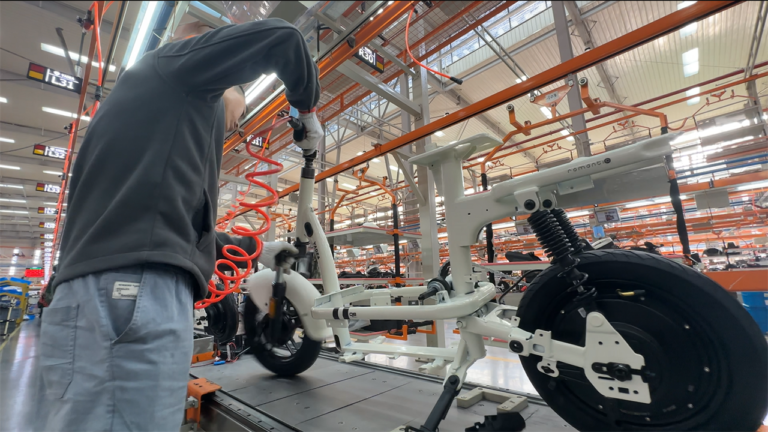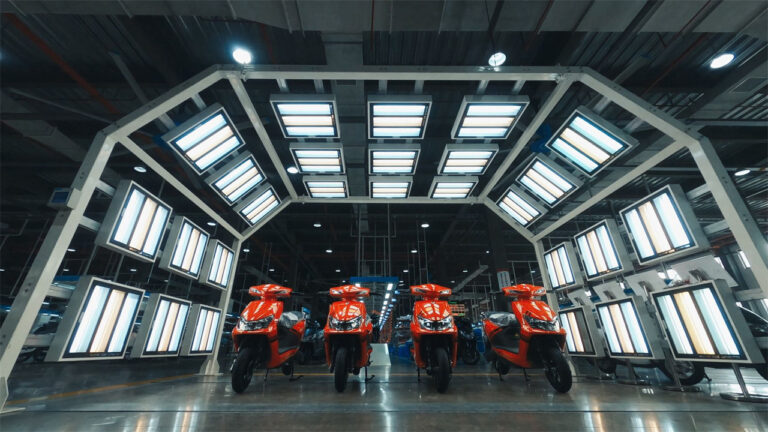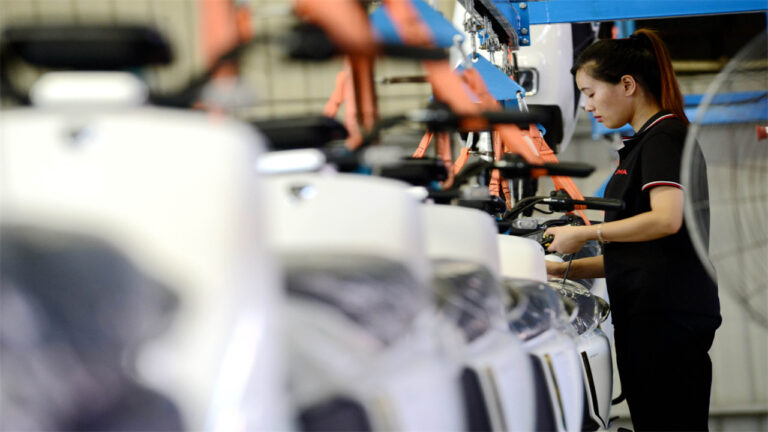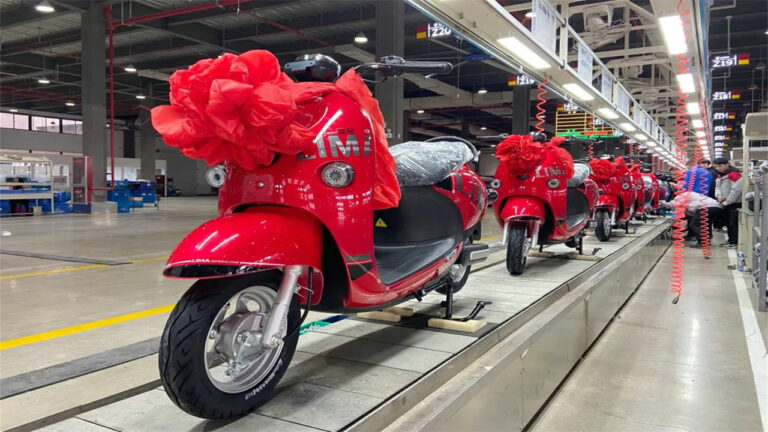Motorcycle Assembly Line
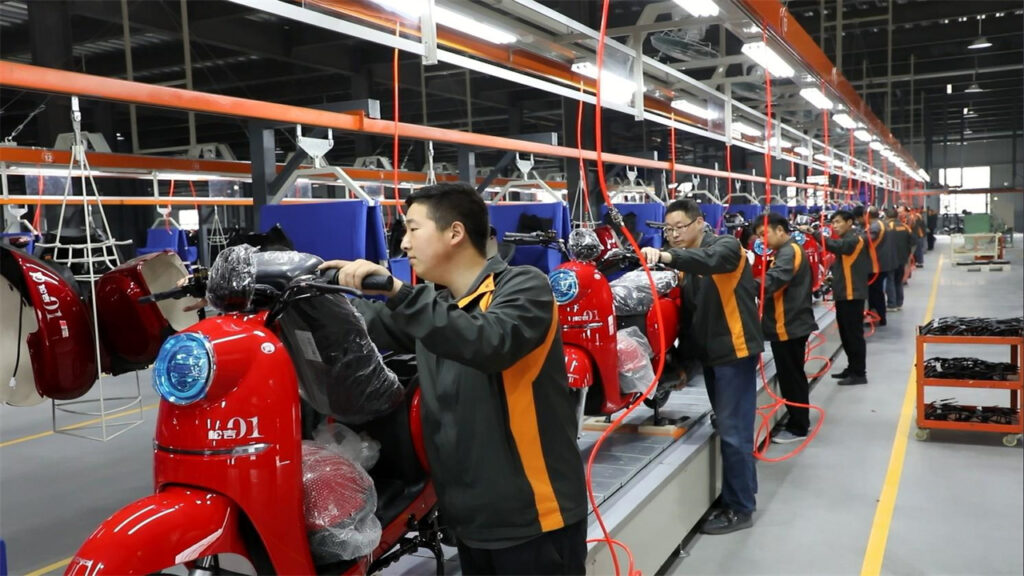
Suitable to Assemble/Produce 2 wheel Motorcycles, 2 wheel Scooters, 2 wheel Electric-cycles, 2 wheel E-Bikes, Bicycles, and so on.

A motorcycle assembly line is a crucial part of the motorcycle manufacturing process, involving the entire assembly process from parts to the final product. A typical motorcycle assembly line includes the following main parts:
- Part Inspection and Preparation: Before assembly begins, all parts are inspected for quality to ensure they meet specifications and quality standards.
- Frame Assembly: The various parts of the frame are assembled together to form the basic structure of the motorcycle.
- Engine Installation: The engine is installed onto the frame and initially adjusted and tested to ensure its performance and functionality.
- Suspension System Assembly: The front forks and rear shock absorbers, which are key components of the motorcycle’s suspension system, are installed.
- Wheel and Tire Assembly: Wheels and tires are mounted on the motorcycle and balanced and aligned.
- Braking System Assembly: Brake discs, calipers, and other brake components are installed and adjusted.
- Electrical System Assembly: Batteries, electrical wiring, lights, dashboards, and other electrical components are installed.
- Fuel System Assembly: Fuel tanks, fuel lines, and fuel pumps, which are parts of the fuel system, are installed.
- Body and Cosmetic Parts Assembly: Seats, handlebars, side covers, and other body parts are installed.
- Functional Testing and Adjustment: The various systems of the motorcycle are tested, including the braking system, engine, electrical system, etc., to ensure everything works properly.
- Final Inspection: The motorcycle is given a comprehensive visual and functional inspection to ensure it meets quality standards.
- Packaging and Shipping: The motorcycle is packaged and prepared for shipment to dealers or customers.
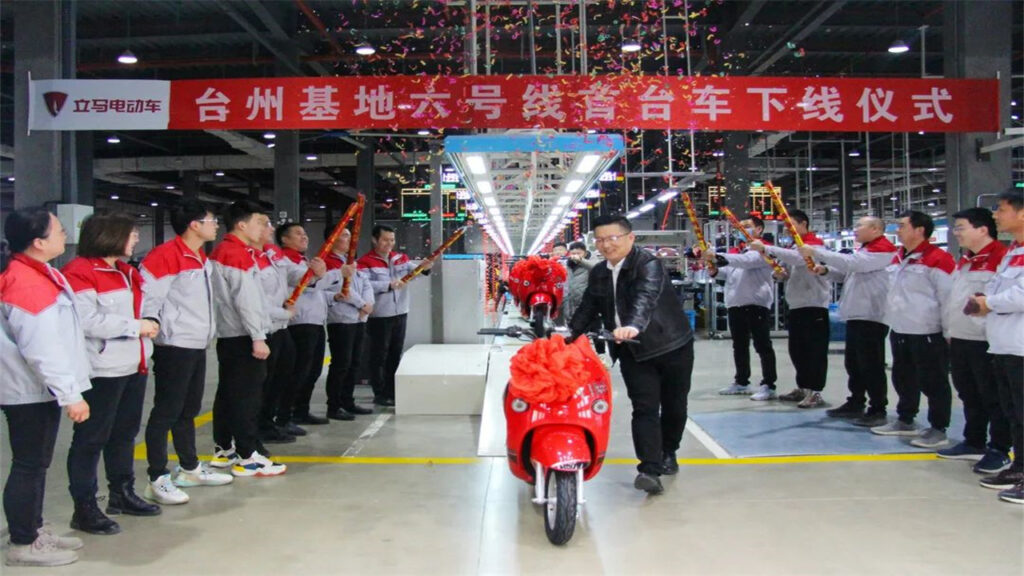
The layout and design of the assembly line are crucial for improving production efficiency and product quality. The production line can adopt different layout forms, such as U-shaped, S-shaped, or L-shaped, to adapt to different production requirements and spatial limitations. In addition, the assembly line is usually equipped with automated equipment, such as robotic arms, automated loading and unloading systems, and intelligent testing equipment, to improve production efficiency and product consistency.
To ensure the efficient operation of the production line, there must also be good resource allocation, including the rational allocation of personnel, the balanced supply of materials, and the efficient use of equipment. At the same time, monitoring and maintenance on the production line are also very important to ensure the long-term stable operation of the equipment.
With the development of technology, automated and intelligent assembly lines have become a trend in motorcycle production. They can greatly improve production efficiency, reduce production costs, improve product quality, and reduce the waste of human resources.
In summary, a motorcycle assembly line is a complex system that requires careful design and planning, as well as efficient equipment and technology, to ensure the production of high-quality motorcycle products.
